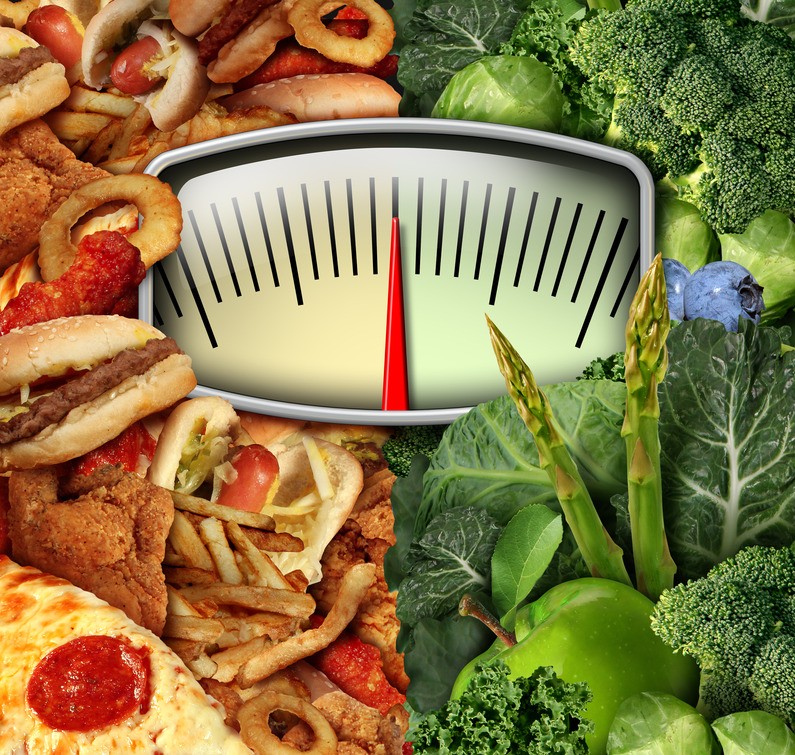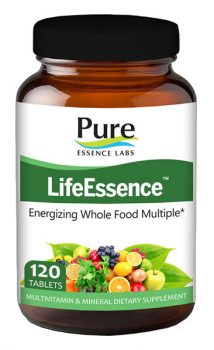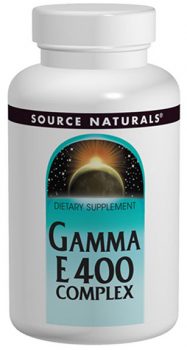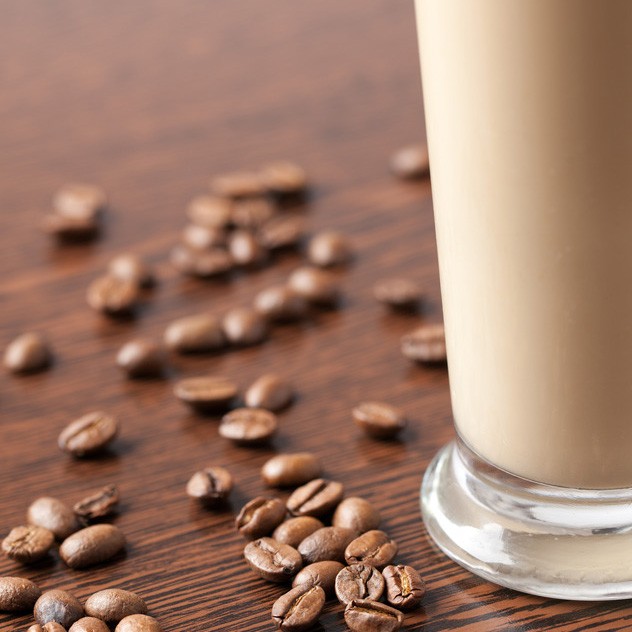
by Kirk Hamilton, PA-C
The Importance of Caloric Density (CD)
If there’s one thing most of us obsess over on a day-to-day basis, it’s calories. Whether it’s how many we’re consuming each time we eat or how many we’re burning during our workouts, we’ve definitely become a calorie-conscious society.
Though taking stock of the number of calories we’re eating daily is integral to maintaining a healthy diet, another issue just as important but infrequently discussed is Caloric Density (CD).
What exactly is caloric density (CD)?
It’s the calorie content of the food you’re eating by weight. Determining the Caloric Density of what you’re eating is an essential measurement to have if you’re trying to eat well or shed unwanted pounds. If you have a tendency to eat too many foods with a high CD, then you’re taking in way too many calories in one sitting. If weight loss is your ultimate goal your objective should be to take in fewer calories by eating foods that have a low caloric density.
Of course, the benefit of consuming low calorically dense foods is that you can eat MORE. It gives you the opportunity to eat without the guilt of taking in an excessive amount of calories.
I’m sure it’s obvious to you which foods have the lowest CD – fruit and vegetables. Yet another reason why eating whole, unprocessed, plant-based nutrition is the best diet in the world! Whatever your specific dietary preference, knowing how to calculate the caloric density of your food intake is important.
Calculating Caloric Density (CD)
All it requires is calculating two numbers off of the food label – the number of calories per serving and the weight (in grams) per serving.
Next, divide the calories by the weight in grams. The numeric result is the Caloric Density (CD).
In order to gauge whether the number you got is good, decent or just downright bad, use the following ranges:
0 to 0.7= Very Low
0.8 to 1.5 = Low to Moderate
1.6 to 3.0 = Moderate to High
3.1 + up = Very High Caloric Density
How this translates to a few foods that are commonly eaten:
- An average sized apple contains about 72 calories and weighs approximately 132 grams. 72 ÷ 132 = a CD of .54 (78 cal/138 g). According to the range specifications above, this means that an apple’s caloric density is very low so you can virtually eat as many as you want.
- A plain enriched bagel has about 182 calories and weighs approximately 71 grams. The CD of the bagel is 2.56 (182 cal/71 g). This has a moderate to high caloric density so you should definitely watch your portion size and try not to eat several bagels per day.
- One ounce of almonds (24 almonds) is approximately 163 calories and weighs about 28.35 grams. The CD for this handful of almonds is 5.6 (163 cal/28.35 g). This is very high, so you want to eat sparingly.
- A broiled, three-ounce piece of lean, fat-trimmed, top sirloin steak is approximately 163 calories and weighs 85 grams. This serving has a CD of 1.91 (163 cal/85 g), which is in the moderate to high range so you should watch your portion size.
- One tablespoon of olive oil has approximately 119 calories and 13.5 grams. This small amount of oil has a CD of 8.8 (119 cal/13.5 g). This is really high so it’s in your best interest to use oil sparingly.
Figuring out the caloric density of what you eat is easy, isn’t it?
What to Eat?
If you’re looking to lose weight or simply want to eat better, you can reduce the CD in your overall diet by understanding a couple of principles.
- Consume plenty of fresh, whole, fruits and vegetables on a daily basis. One note of caution though—refrain from eating too much dried fruit because the reduced water content makes it a high CD food with concentrated sugar.
- Eat foods high in water content and fiber (i.e., fruits, vegetables, soups, and cooked grains) because they dilute calories and naturally reduce the CD. They also generally happen to be very high in nutrient density as well.
- Cooked whole grains, beans, and potatoes in their skin along with lean fish and poultry, mostly fall under the moderate CD range. If you’re trying to reduce your CD, select the plant-based foods over the seafood and poultry. Plant-based foods have fiber, provide more bulk in the stomach, and contain more micronutrients.
Interesting to note, if you take cooked grains and make them into bread with whole or refined grain flour, the CD increases significantly–up to seven times! I generally encourage my patients to eat whole, sprouted grain breads because they’re more nutritious and promote better health that refined flour breads. But, the truth is that one slice of bread, whether from refined wheat flour or whole or sprouted wheat, has essentially the same CD.
Suggested Supplements to Complement Your Weight Management Plan
 A good quality multivitamin like Life Essence Multiple provides enzymes, metabolic pigments, flavones, trace elements, amino acids, antioxidants, and countless co-nutrients and phytochemicals.
A good quality multivitamin like Life Essence Multiple provides enzymes, metabolic pigments, flavones, trace elements, amino acids, antioxidants, and countless co-nutrients and phytochemicals. Omega-3 fats like the ones found in ArcticPure Omega-3 support the healthy functions of the brain, joints, and circulatory system.
Omega-3 fats like the ones found in ArcticPure Omega-3 support the healthy functions of the brain, joints, and circulatory system. Coenzyme Q10 is a powerful antioxidant shown to safeguard LDL cholesterol from oxidation.*CoQ10 is a critical component in the primary energy cycle, and is most abundant in the heart.
Coenzyme Q10 is a powerful antioxidant shown to safeguard LDL cholesterol from oxidation.*CoQ10 is a critical component in the primary energy cycle, and is most abundant in the heart. Vitamin E can help maintain healthy blood sugar levels, support healthy cholesterol levels, provide positive effects on the growth and regulation of cells and tissues, and more.*
Vitamin E can help maintain healthy blood sugar levels, support healthy cholesterol levels, provide positive effects on the growth and regulation of cells and tissues, and more.*See all of our natural and healthful supplements on our website at: 
About Kirk Hamilton
Kirk Hamilton graduated from the University of California, Davis Physician’s Assistant Program through their Department of Family Practice in 1983.
Since 1986 he has been a practicing Physician’s Assistant at Health Associates Medical Group in Sacramento, California, a nutrient oriented general practice. Kirk has worked in a variety of practice specialties including: Family Practice, Nutrition, Prevention, Cardiology, Bio-Identical Hormone Replacement, Allergy, Acupuncture and Integrative Medicine.
About Kirk’s Book
Staying Healthy in the Fast Lane simplifies the causes and effects of modern chronic diseases by outlining the five dietary changes over the last century that have led to excess calorie consumption, and along with reduced physical activity, have resulted in the epidemics of obesity, heart disease, diabetes, and other chronic conditions.




